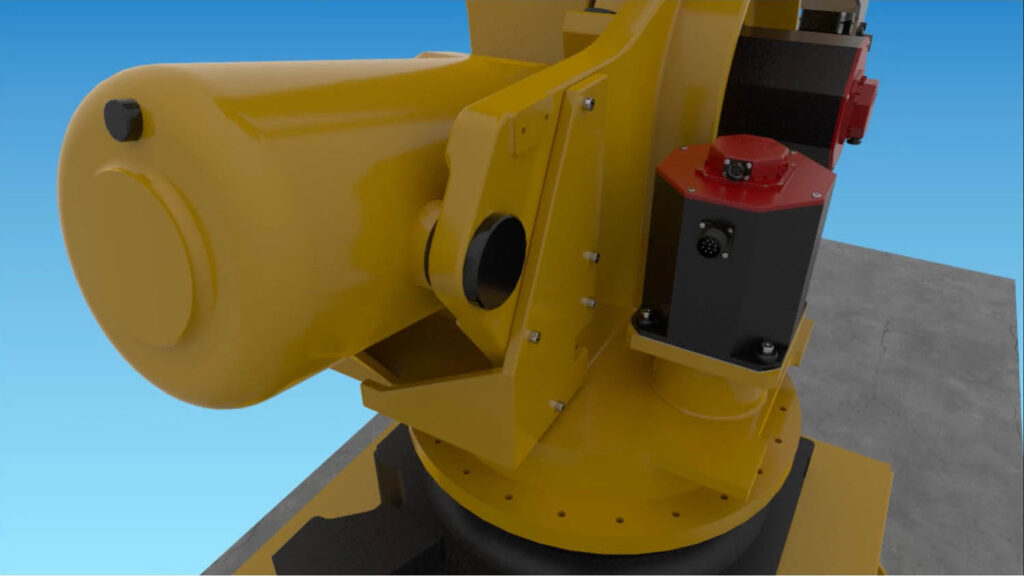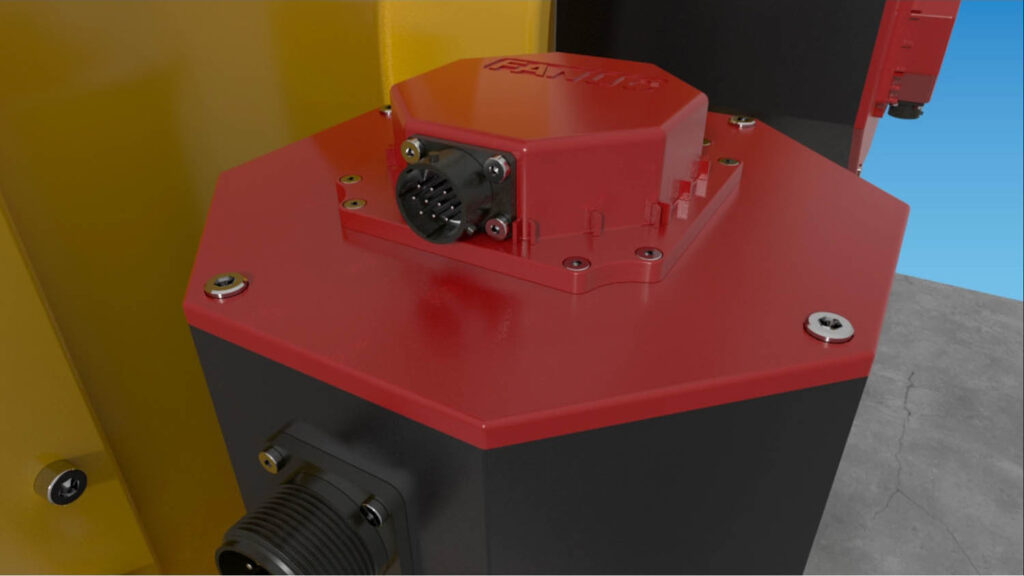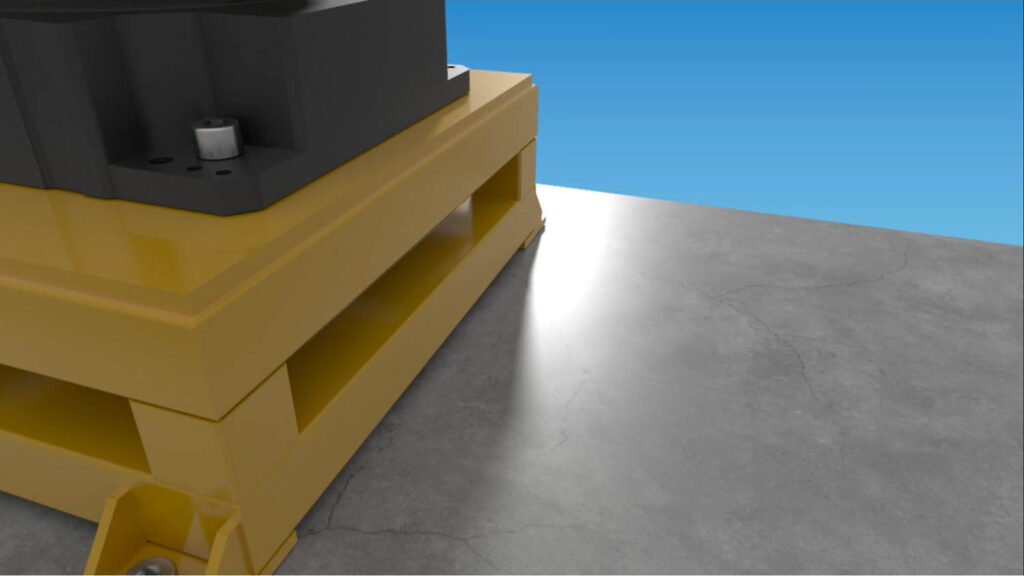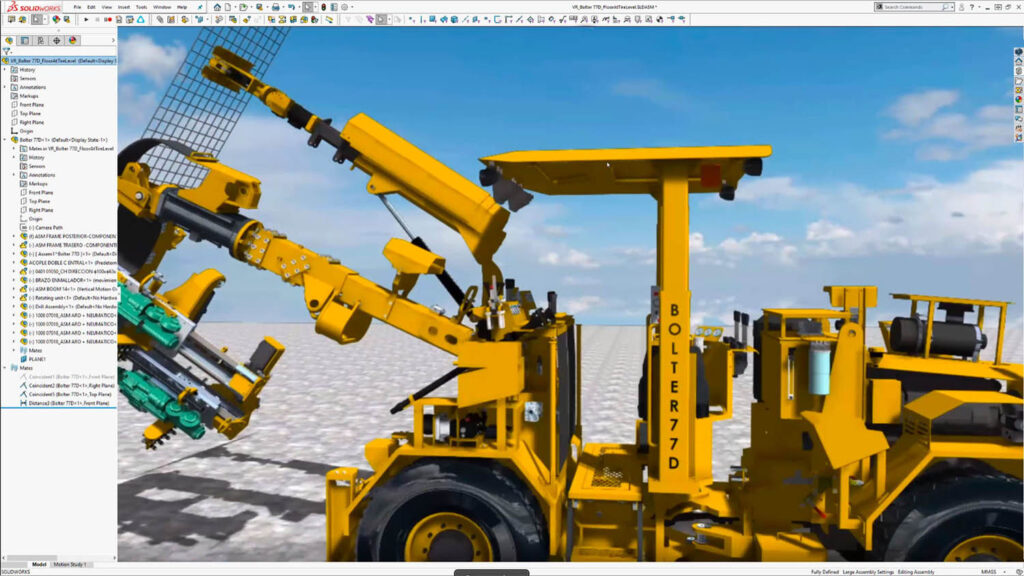Autodesk’s new One Graphics System (OGS) for Inventor, 3ds max and other Autodesk applications promises to improve viewport performance and visual quality through GPU ray tracing, writes Greg Corke
Autodesk is working on a new graphics engine that promises to ‘radically improve’ 3D performance in its core applications, including Inventor, 3ds max, Revit and others.
The ‘next-generation’ system will also improve visual quality by delivering ray tracing directly inside the viewport. The aim is to enable users to switch between a simple shaded view and a photorealistic representation very quickly – though the speed at which this can happen will depend on the graphics hardware and the complexity of the model.
The new viewport system is a complete re-architecting of the current One Graphics System (OGS), which relies solely on rasterisation, a rendering method for 3D software that takes vector data and turns it into pixels (a raster image).
OGS is shared by nearly all Autodesk products, including Inventor, Revit, 3ds max, AutoCAD, Maya, Fusion, Infraworks, Navisworks and Recap. It dates back to 2007 and uses older graphics APIs including OpenGL and DirectX 9/10/11.
Inventor, like many other CAD applications that use older graphics APIs, isn’t the best at harnessing the plentiful power of modern Graphics Processing Units (GPUs). As a result, 3D performance in the software is largely bottlenecked by the frequency of the CPU.
Autodesk’s ‘next generation’ viewport system should fix this, and users should get a much smoother viewport experience without having to rely on the software to temporarily simplify or discard parts of the view during model navigation by setting a minimum frame rate.
By fully utilising modern graphics APIs including DirectX 12 and Vulkan, Autodesk’s applications will be able to talk straight to the GPU hardware (rather than having to route everything through the graphics driver) and take better advantage of multi-core CPUs.
The modernised OGS will also be able to use hardware-based ray tracing, which is built into modern graphics cards such as the new ‘Ampere’ Nvidia RTX A2000, A4000, A5000 or A6000, or ‘RDNA 2’ AMD Radeon Pro W6600 or W6800. It will utilise open standards, such as MaterialX and Pixar’s Hydra, part of USD.
Inventor – Nvidia GTC showtime
Autodesk’s Henrik Edstrom, senior software architect, graphics technology, and Mauricio Vives, senior principal engineer, gave a sneak peek of the ‘next-generation’ viewport system in a presentation at Nvidia’s GTC conference earlier this year.
Rather than looking at performance in simple shaded views, the focus was on the eye-catching stuff — real-time ray tracing.
The idea is that when working on a model in the viewport, a product designer or engineer can quickly switch to full ray traced quality at the click of a button. Inventor currently relies on CPU rendering which takes a long time and the results can be mixed.
For the new engine, Vives explains that the emphasis is to provide a good real time experience, like you get with a game engine. “Photorealism is important, but we prioritise performance over quality,” he says.
According to Edstrom, it will be very easy to use for non-rendering experts. “They just need a very simple solution with literally no settings,” he says.
In Inventor, for example, we imagine it will be just another visual style to add to the current drop-down for wireframe, shaded, realistic, monochrome, watercolour and sketch / technical illustration.
Inventor – Lights, camera, action
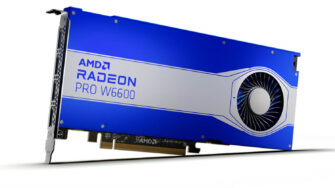
In a demonstration of a path traced reference application, Vives showed a welding robot model that originated in Inventor. Render quality was photorealistic and looked impressive, much better than the rasterisation engine currently used in Inventor 2022.
The scene was lit by a single directional light and a low frequency environment light. Vives showed off the render quality by highlighting several aspects within the scene, including contact hardening soft shadows, real ambient occlusion and glossy reflections, focusing in on the subtle reflection of a black socket on a red paint finish.
In order to achieve a smooth viewport experience, the frame budget was set to 30 frames per second. This resulted in some ‘noise’ when moving the camera, but the image resolved very quickly when idle by casting more rays and using denoising.
The presentation then went on to show the path tracing mode of the new engine working inside in Autodesk 3ds Max, Maya and Inventor. You can watch the full presentation at OGS-Autodesk (registration required).
Flexible architecture
To provide more flexibility for future software and hardware developments, the new viewport system is based on a decoupled architecture, where the applications and the graphic system are not as intertwined as they are in the current OGS. This is being done through Hydra, part of Pixar’s USD.
“That will allow us to make changes and improve OGS and add support for new features and new APIs and new hardware and so on, without really involving the application teams too much,” explains Edstrom. “It also gives us the flexibility to plug in other renderers, like Arnold, for instance, that already supports the Hydra render delegate API, or something like the Nvidia Omniverse RTX renderer which also supports this API… and there are numerous others as well.”
The system currently uses DirectX Raytracing (DXR), but Autodesk is also planning to use the recently released Vulkan Ray tracing extensions.
Conclusion
In DEVELOP3D’s workstation tests over the years we’ve experienced first-hand how applications like Inventor and Revit can be very CPU limited when it comes to 3D graphics and unable to take advantage of the huge processing potential of modern GPUs.
But, at Autodesk University 2019, when we asked what Autodesk was doing to improve 3D performance we got a rather prickly response from CEO Andrew Anagnost. He implied this wasn’t an issue.
While Autodesk would not publicly admit the current engine needed improving, we expect work on the new OGS had already started back then. Swapping out a graphics engine is a huge undertaking, especially one that covers so many diverse applications as OGS does.
The fact is, there are many Autodesk customers that struggle with large model performance, from load times to model display and manipulation, relying on their software to automatically simplify geometry or turn off effects during view navigation in order to maintain frame rates.
Everyone wants more 3D performance, and we expect many will be excited by this news. Even more so, if they can get this without having to upgrade GPU hardware. According to Vives, basically any GPU, up to five years old from any vendor, will support the modernised OGS.
The addition of real-time ray tracing in the viewport is also a very exciting development. Rather than relying on slow CPU ray tracing on typical 4, 6 or 8 core workstations, it will help bring visualisation more upfront in the design process – not just for presentations but to better understand complex forms through more realistic shading or to explore materials and the impact of light.
Those looking to take advantage of realtime ray tracing, however, will need to invest in a GPU with built in hardware ray tracing. Currently, this would be an Nvidia RTX GPU or the latest AMD Radeon Pro GPUs or Intel GPUs in the future.
So when can we expect to see this new engine inside shipping Autodesk products? In short, it’s too early to tell. In the presentation it was described as a ‘very early work in progress’ and there were no promises as to what will or will not be supported in Autodesk’s products. But this is a standard line for a publicly traded company. The fact that Autodesk is showing this in public now perhaps shows promise for its 2023 or 2024 series of products.
While it’s good to see Autodesk actively looking to improve the 3D graphics experience across the board, it’s long overdue and, with rise of powerful real-time engines like Unreal Engine, designers now expect a fast and visually rich viewport in CAD tools like Inventor and Revit.
We’re excited to see how this develops, although that same enthusiasm might not be shared by firms that already have optimised visualisation workflows.
■OGS-Autodesk
Enhanced graphics for Solidworks
Autodesk is not the only company embracing modern graphics APIs. In February, Dassault Systèmes demonstrated Project Romulan, a new Vulkan-based graphics engine for Solidworks, designed to bring enhanced visual fidelity, GPU-accelerated ray tracing, and better performance for large assemblies to the 3D CAD tool’s viewport.

